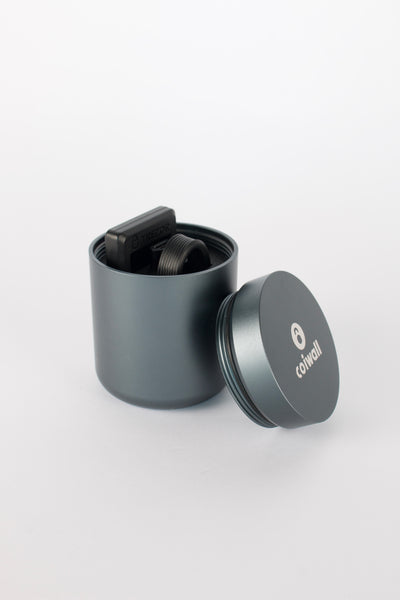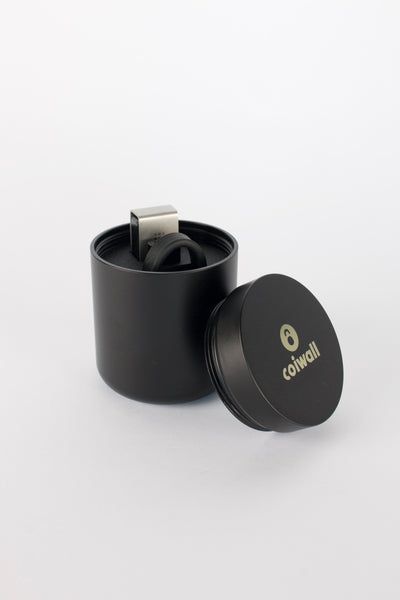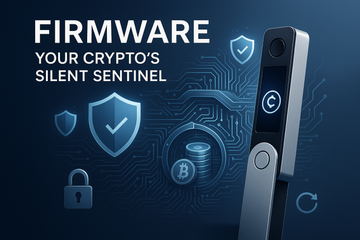Let's face it—crypto trading is no piece of cake. With its complex algorithms and dizzying market trends, it's like deciphering an ancient enigma. But within this cryptic world lies an aspect that's often overlooked yet vitally important: hardware wallet firmware.
What's All the Fuss About Firmware?
You might wonder: why is firmware such a big deal in crypto security? Well, hardware wallet firmware is the very lifeblood that ensures your stash of digital currency remains secure. Imagine firmware like the diligent guard that stands vigilant at the gates of your treasure trove. It keeps threats at bay, ensuring no sneaky hackers sneak in through digital backdoors.
In more technical terms, it's the software embedded into the hardware of your crypto wallet, like all those fancy Ledger and Trezor devices you often hear about. This software acts as the brain of the wallet—essentially steering how your wallet interacts with the crypto networks. Cute, huh?
A Closer Look: How Firmware Adds to Wallet Security
Let me explain. Firmware works hand in glove with your wallet's physical setup to provide an ironclad barrier against cyberbullies. Here's how:
- Encryption and Authentication: Firmware uses advanced cryptographic techniques to encrypt data, ensuring only authorized users can access your wallet.
- Secure Updates: Wondering about security patches? Regular updates fix bugs and enhance protection, protecting against evolving threats.
- Safeguards Against Man-in-the-Middle Attacks: Ever worry about someone listening in on your digital conversations? Firmware ensures secure communication, squashing such eavesdropping attempts.
The Little Things That Matter: Updates and Maintenance
Honestly, when was the last time you updated anything—phone apps, computer software, or even your GPS? Let's be real, skipping updates is tempting. But with hardware wallets, you're playing a risky game if you procrastinate. Firmware updates are like the routine tune-ups for a classic car: absolutely non-negotiable.
Why, you ask? Crypto villains are a relentless bunch, continuously hunting for vulnerabilities. Firmware updates patch up these potential security holes by refining encryption methods and beefing up defenses. Failing to update is handing hackers the keys to your vault on a silver platter. Scary thought, isn't it?
Playing the Devil’s Advocate: Are There Any Risks?
Alright, let's not kid ourselves—no system is foolproof. Even firmware isn't immune to glitches or bugs. Occasionally, an update might slip up, temporarily causing issues. But fear not; the crypto community is nothing if not diligent, addressing these issues almost as fast as they surface.
Plus, with game-changing blockchain technology always on the cusp of evolution, firmware occasionally needs to play catch up. This might mean adaptive updates that enhance compatibility with new blockchain standards and improve user interface experience.
More Than Just a Pretty Interface
We've all gotten used to user-friendly apps and flawless interfaces, but underneath, it's the firmware doing the heavy lifting. Brands like Ledger break the ice with a sleek exterior while their firmware bears the brunt, executing operations and ensuring your peace of mind.
And let’s give credit where it’s due—wallet manufacturers leave no stone unturned in making their firmware impeccable. They relentlessly test and refine to secure your digital assets without you lifting a finger. All you need to do is install the updates, lean back, and relax. Sounds like a sweet deal, right?
The Final Takeaway: Embrace Your Firmware
You know what? Crypto trading isn’t for the faint-hearted, but peace of mind is within your reach. By now, it should be clearer than ever that hardware wallet firmware isn’t some arcane mystery—it’s a pivotal component of crypto security.
So next time, when you're basking in the streamlined processes and stellar protections of your hardware wallet, take a moment to appreciate that unassuming hero: the firmware. Safeguarding your precious digital assets, it's the silent sentinel standing between you and the vast digital frontier.











